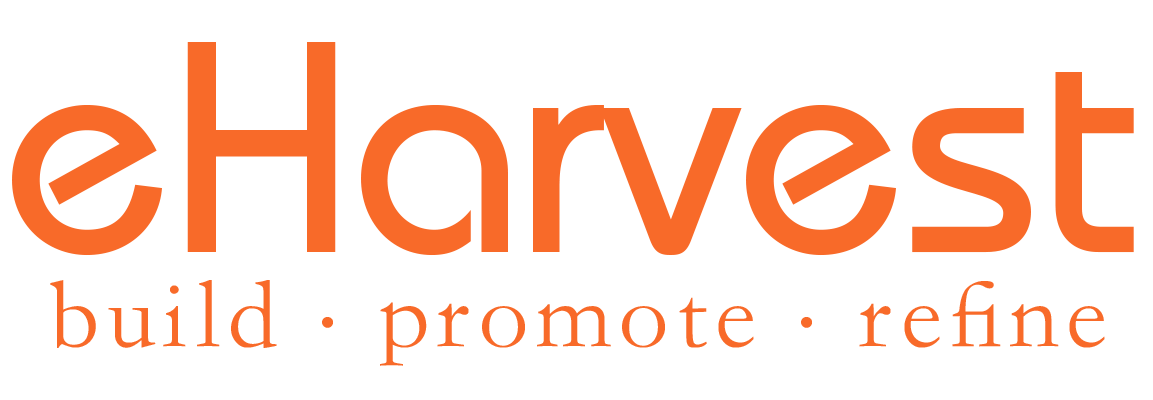Testing remains a critical stage for eCommerce developing, and it should be participated by both developers and store admins. Depends on the budget level, you can just focus on key functionalities such as customer registration, shopping cart and checkout; or you can pay attention to details for things like transaction emails.
If your store is heavily customised and integrated with other third party software, then integration testing should also be included. The goal of testing is to ensure your online store fulfil its role as an eCommerce platform, in other words, it’s functionality(not design) focused. Here is a list of the things we usually go through when launching a new store:
Part One: Front-end Testing
Static Content
- Review CMS pages such as TCs and Privacy Policy, all static pages should be reviewed and approved by the store owner.
- Make sure all contact information are correct, this includes address, phone, fax, email, social media profile, etc.
Forms
- All contact forms and email subscription forms should be tested to ensure enquiries and notifications are received by the designated email address. If third party email platform such as MailChimp or Campaign Monitor is used, make sure subscriber emails synced from Magento to third-party email lists.
- Customer registration form and password related emails.
- Any auto response marketing emails such as subscriber or customer welcome emails.
- Any other custom forms.
Product Category Pages
- Sort by filters and default sort by options – make sure all sort by options are working.
- Layered navigation – ensure the ordering is optimised for better shopping experiences and remove unwanted filters by changing attribute settings – layered navigation are generated based on product attributes.
- Product positions can be manually configured if default sort by option is ‘position’.
- Some front-end design includes both grid (usually the default) and list view, so check both layouts.
- Pagination and number of product per page.
- Quick view, compare product, add to wishlist, add to cart, alternative product listing image on hover, etc. If any of those additional features are included as part of the front end design, they should be tested against different product types such as simple, configurable, bundle, group, etc.
- Product status – out of stock if display out of stock product is enabled.
- Product labels such as ‘New’, ‘On sale’, ‘Limited stock’, etc.
Product Page
- Title, price, descriptions and additional product features.
- Test product review and test the display of approved product reviews.
- Product sharing, add to wishlist and compare.
- Product adds to cart with different quantity.
- Configurable products – if there’s a price difference in product options, simple product price should be displayed.
- Stock availability, out of stock status should be clearly displayed if a product is not available.
- Payment option widgets such as PayPal, zipPay and AfterPay should be customised to fit in current front-end design.
- Up-sell and add-on sell products if any.
- Product image gallery, test against different product variations.
Shopping Cart
- Add and remove products, update quantity.
- Coupon code.
- Shipping estimate.
- Promotion rules.
- Apply gift card to cart.
- Payment options widgets if enabled.
- Most front-end design includes top cart as a quick view, so test it by adding multiple products, removing products or updating quantity.
Checkout
- Checkout as both guest and registered customer.
- Checkout with different shipping addresses such as different states and overseas shipping if enabled.
- Checkout with products contain different shipping rates, make sure final rate is correct.
- Checkout with different payment options.
- Checkout with coupon and gift card.
- Pay attention to order related transaction emails such as confirmation, shipping, cancellation and refund.
Part 2 Magento Admin
By the time of launching a new store, a lot of product-related activities should already be conducted so here we only focus on the less practised admin tasks during the store building phase:
- Manage customers and subscribers.
- Customer groups and price rules.
- Create and implement shopping cart and catalog price rules.
- Create and implement coupons.
- Update product stock availability and visibility.
- Configure tier pricing.
- Order processing: shipping, cancellation and refund.
- Any stock related third-party integrations should be monitored during checkout testing process.
Part 3 Search Engine Optimisation
It might be too early to consider search engine optimisation as it’s usually an additional service to the website build, but there are a few things to be ticked off at the very beginning:
- Indexing is allowed.
- The robots.txt file is optimised.
- Google Analytics tracking is installed.
- The website should be verified by Google Search Console and Bing Webmaster Tools, XML sitemap should be submitted.
